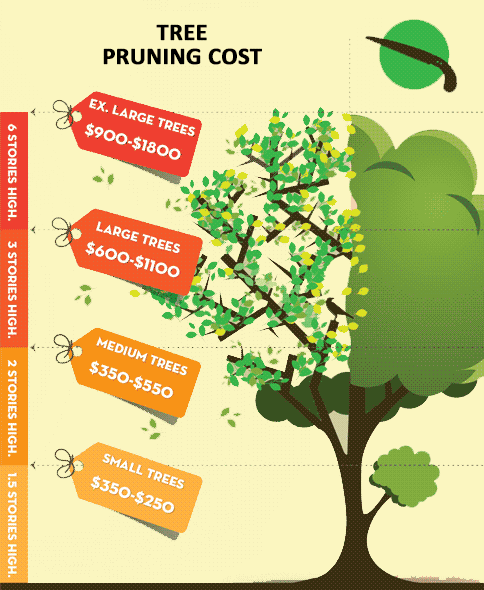The Environmental Implications Of Deforestation: Essential Truths To Be Familiar With
The Environmental Implications Of Deforestation: Essential Truths To Be Familiar With
Blog Article
Personnel Writer-Helms Walker
When it comes to the environmental influence of tree removal, there are crucial facets that demand your attention. From the complex web of connections within communities to the succeeding impacts on climate patterns, the consequences are profound. You may be shocked to find the detailed ways in which the elimination of trees can reverberate throughout the setting. Remain tuned to decipher the intricate connections and implications of this seemingly uncomplicated act.
Logging and Environment Loss
Deforestation and environment loss are essential problems originating from tree elimination. When trees are cut down, it interferes with entire ecological communities. Not only are the trees themselves lost, however the homes and food resources of many plant and pet species are damaged also. Birds shed their nesting websites, mammals lose their sanctuary, and bugs lose their environments. The impacts ripple through the food cycle, affecting predators and target alike.
Furthermore, logging contributes to environment adjustment. Trees play a crucial function in soaking up co2, a greenhouse gas that catches warm in the ambience. With less trees, there's much less co2 absorption, resulting in boosted levels of this gas in the environment and intensifying worldwide warming.
Habitat loss is a direct result of deforestation, as the devastation of forests suggests the loss of one-of-a-kind and diverse ecological communities. Lots of types are unable to adapt to rapid changes in their setting, bring about population decreases and, sometimes, termination.
Protecting forests is important to keeping the fragile equilibrium of nature and making sure the survival of plenty of plant and pet varieties.
Influence on Biodiversity
The removal of trees has a considerable impact on biodiversity, influencing the selection and wealth of plant and animal types in a location. Trees give habitat and food sources for countless organisms, from pests to birds to mammals. When trees are removed, these varieties lose their homes and sources of nourishment, causing a decrease in their populaces. This interruption can have cascading effects on the entire ecosystem.
In addition, trees play a crucial role in keeping biodiversity by producing microhabitats within their canopies, trunks, and origins that sustain a wide range of types. When https://www.capecodtimes.com/lifestyle/20190502/networx-year-round-landscaping-ideas are reduced, these specialized settings are damaged, decreasing the overall diversity of the area.
Additionally, the elimination of trees can result in a decrease in genetic variety within plant populaces, as certain tree species may no longer be able to recreate or disperse successfully. Protecting trees and woodlands is important for protecting biodiversity and ensuring the health of communities for future generations.
Soil Disintegration and Environment Adjustment
With trees being removed from an area, the disruption of soil structure and security takes place, resulting in enhanced soil erosion. Trees play a vital duty in avoiding erosion by holding dirt in position with their origin systems. When trees are gotten rid of, especially in lots, the dirt comes to be much more susceptible to erosion from wind and water. This erosion not only impacts the instant environments yet can likewise lead to sedimentation in neighboring water bodies, influencing water top quality and water ecological communities.
In addition, trees assist regulate the environment by soaking up carbon dioxide during photosynthesis. When trees are lowered, this natural carbon sink is decreased, adding to boosted levels of greenhouse gases in the atmosphere. visit this website link can worsen climate adjustment, leading to more severe weather events and disturbances in ecological communities worldwide.
As a result, the removal of trees not only increases soil disintegration yet likewise plays a role in the larger environmental concern of environment change. It's critical to take into consideration these factors when examining the effects of tree elimination on the setting.
Conclusion
Since you recognize the ecological impact of tree removal, consider the consequences before cutting down trees. Deforestation disrupts ecological communities, decreases biodiversity, and adds to soil erosion and climate change. By bearing in mind the influence of tree elimination, you can assist shield our environment and preserve the delicate balance of nature. Make educated choices and take into consideration alternate options to minimize the adverse impacts on our planet.
